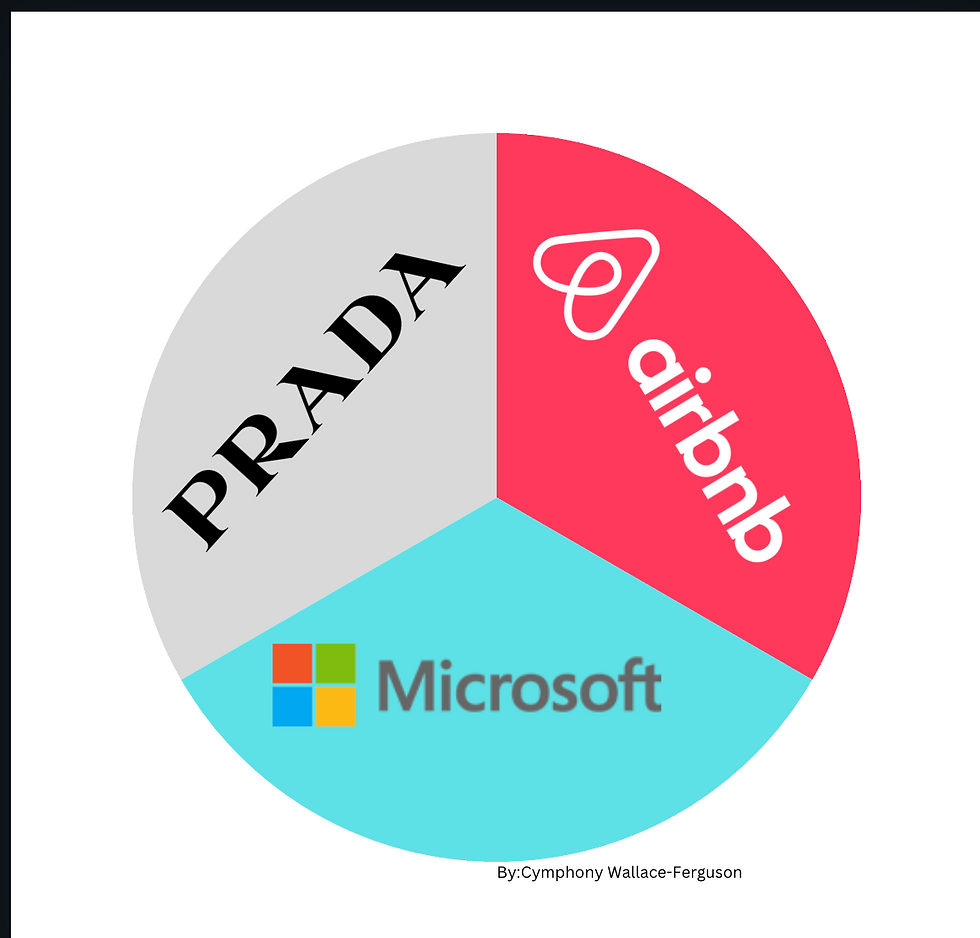How Small Businesses Can Use Behavioral Learning Techniques to Improve Their Business
- Cymphony Wallace
- Mar 18
- 3 min read
As a small business, if you are looking to retain customers and grow, understanding how your potential customers learn, and form habits can change the game for your business. The two main behavioral learning techniques Classical Conditioning and Instrumental Conditioning provide clear insights into the psychology behind how your customers can think.
Classical Conditioning
This kind of conditioning was initially introduced by Ivan Pavlov through his experiments with dogs. He would repeatedly pair ringing a bell with giving the dog food, causing the dog to salivate. Soon after, he would continually ring the bell, causing the dog to salivate because it was expecting food. His experiment ultimately explains how exposing something repeatedly to a person (or dog) can trigger automatic responses. In terms of marketing, this can be used by associating a product or a brand with positive experiences.
In your business, consistent branding can play a crucial role in creating familiarity and brand recognition. If you use a logo, slogan or signature color scheme in your marketing materials, it plays a part in making your brand more recognizable so that it can be associated with positive experiences. Additionally, catchy jingles or taglines that are significantly memorable can assist with having your customers associate your business with a certain emotion or experience. It can also be used as a tool to reinforce your customers connection to your business. Lastly, sensory cues can be a major help in associating your brand with something positive. If your business is brick and mortar, having a memorable aroma in your store or on your products (if that’s possible) can play a role in how your products are remembered, ultimately leading persons to want to come back and shop with you again because of that small detail.
Instrumental Conditioning
Instrumental conditioning focuses on behavior that is shaped through rewards and reinforcement. This theory suggests that customers are more likely to repeat a certain behavior if it leads to a positive outcome.
Implementing loyalty programs that can gain points, free products, or discounts for repeat purchases reinforces customer behavior because it encourages them to want to return to your business. Receiving exceptional customer service also plays a vital role in customer retention. When your customers receive a personalized letter or a small freebie from your business, they are more likely to come back and do business with you again. Lastly, currently, how your business is seen online plays a vital role in your success. Positive online reviews and testimonials further strengthen your customer retention. If you have provided good service that leads to positive reviews, you are enticing potential customers to make a purchase from you. When people see others having a great experience with a brand, it makes them more inclined to want to engage with them as well. Overall, it created a cycle of loyalty and customer satisfaction.
For example, a beauty brand could offer a reward program where their customers earn points every time they make a purchase. If the customer sees that the product does as advertised they are more likely to purchase again which reinforces their behavior.
Customer Reinforcement
Customer reinforcement can play a very crucial role in increasing your customer retention. This can be done by encouraging behaviors that lead to repeat business. There are three strategies that can be used to keep your customers engaged and loyal: positive reinforcement, negative reinforcement and variable rewards.
Positive reinforcement can be things such as offering a bonus gift or giving a customer an exclusive discount when they purchase. By doing this, it makes your customers feel appreciated, and that increases their likelihood to return. Negative reinforcement, however, works by removing potential obstacles when it comes to purchasing. For example, providing a stress-free return policy or free shipping can make the process of purchasing so much smoother and more appealing to your customer. The last strategy that can assist with customer reinforcement is variable rewards. Things such as surprise discounts or unexpected giveaways assist with creating excitement and anticipation within a customer. This strategy keeps your customer eager to interact with your brand. If these three strategies are used strategically, your business can build strong relationships with customers and foster long-term loyalty overall.
Final Thoughts
By leveraging these Behavioral Learning Techniques, your small business can shape your customers’ behavior, encourage them to repeatedly purchase from you, and create strong brand associations. Consistently rewarding your customers and implementing smart marketing techniques, you can create meaningful connections that keep people coming back. Over time this not only fosters loyalty but also helps the business grow in a way that will last a long time.





Comments